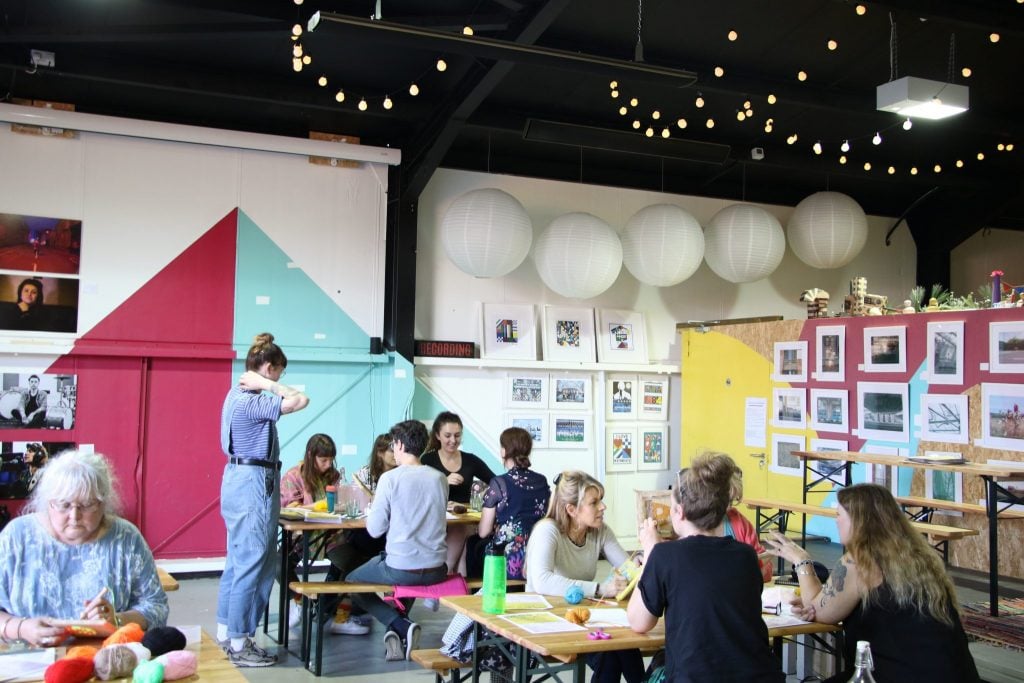
Credit: Andrew Shaw
I have been planning to chat with the Convenience Gallery team for a few months now, I suppose you could say it took a pandemic for us to finally arrange a Zoom call. We talked on a beautiful, sunny afternoon and the timing was actually perfect. We all left uplifted: by the sight of each other in the little rectangles on our screens; by talking about art and creativity; and briefly looking forward to the future, when we will hopefully be able to have a glass of wine together in the same room.
The Convenience Gallery team are modest. Having run a series of workshops and exhibitions, and already being a prominent spot on Merseyside’s art map, they talk about their achievements in a calm and reserved manner. The initiative is led by artists Ryan Gauge, Andrew Shaw and Claire Henderson, who recently joined the team. Convenience now includes a gallery space in the Bloom Building in Birkenhead on the Wirral, and a space in Birkenhead Market where they first began organising pop-up exhibitions and events, with the support of Small Steps Events. “We found it interesting to engage with the artists and curate the space, but because there was always a lot going on on the night, it always felt secondary to people dancing and getting involved in the workshops. So we started having chats about setting up a space that’s dedicated to visual arts and what that would look like.”
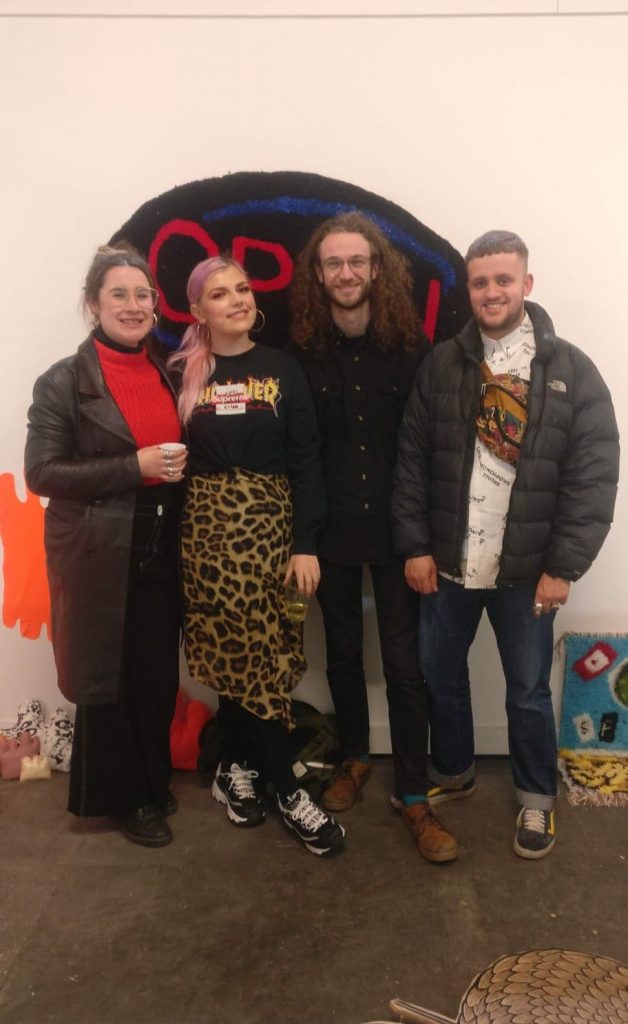
From the left: Niamh Mitchell (Small Steps Events), Claire Henderson, Andrew Shaw, Ryan Gauge
The discussions had to be finalised pretty quickly because the space in Birkenhead Market was found just two weeks later: “We were like ‘what are we gonna do with it?’ We hadn’t discovered the content, we hadn’t found the people we wanted to work with yet. It kinda just happened, we sat at some tables that we borrowed, and got a bunch of chairs from the charity shop for six quid. We were sort of standing there with no wi-fi, staring at each other like ‘what are we gonna do?’” The answers came after an open call for anyone who wanted to be involved, to discuss and share their work. “We thought that’d be the best way to get as many people as we could into it, and that would give us some time to develop more programming. We applied for some money to start off the workshop programme too, which was another way to get more people into the market, and to pay the artists who led the activities.”
The workshops were a key point of Convenience Gallery’s development and became a good way of getting the word out. The first time I met Ryan and Andrew was at a punch rug workshop they organised with artist Ellie Brennan (you can read our interview with Ellie here). The atmosphere was that of a relaxed gathering and with the rug-making being the focus of the meet-up, it provided a way to comfortably be in an art space without the private-view awkwardness when you don’t know anybody. “We very much pitched it as being able to access the knowledge that artists have, and in a workshop you get to have that one-on-one time with them.”
Claire adds: “Workshops mean that you’re part of the same process that the artist exhibiting next week is, creating more avenues for people to come and experience the work for a longer period of time. A 2-hour workshop is enough to have a deeper conversation.”
Claire’s art practice is very much led by a preference for textiles, craft techniques and the handmade, so she is very aware of the benefits of encouraging people to learn new art skills: “There’s a shift culturally towards ‘yes, we can own as many things as we want now, but having experiences to take away from a place is more valuable than ever’. Sitting behind a laptop all day makes us ask: why do we have these hands? Developing skills is definitely something that people are placing much more value on.”
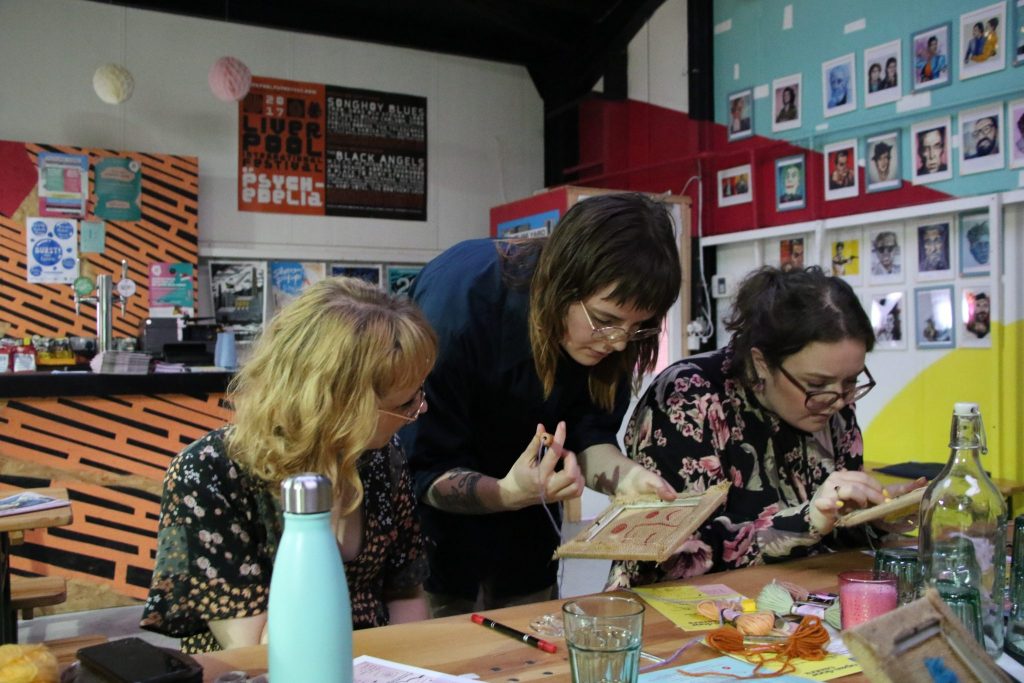
Credit: Andrew Shaw
Organising these workshops so early on made Convenience Gallery accessible, and well, convenient, for everyone rather than just the usual art crowd. Inclusivity is more than just a buzzword on their website – the way the gallery’s been operating from the start means that it’s always been easy to access their shows and for them to reach out to new audiences.
If you’re a local artist, it’s great to see your friends at every private view, but what about gaining a new viewers of your work? Sharing your skills with the people who admire your work? “It’s always been important to us: we went into the market for logistical reasons but the benefit of it was that there were no other contemporary art spaces available so directly, so it just meant that we were more accessible. You don’t wanna disenfranchise the public, otherwise it’s an echo chamber for the same people coming to every event. The market forced us to have these conversations with everyone who came in, it was a learning curve.”
What did they learn from this? “You’ve got to talk plainly about art and give people the opportunity to understand something or engage with it. A lot of people would initially say ‘I don’t get it.’ Then they would start telling us about the art they were making. They didn’t consider themselves artists but they did all this stuff.” Staying grounded, removing unnecessarily long words and remembering to not get caught in the echo chamber is at the heart of the Convenience Gallery ethos.
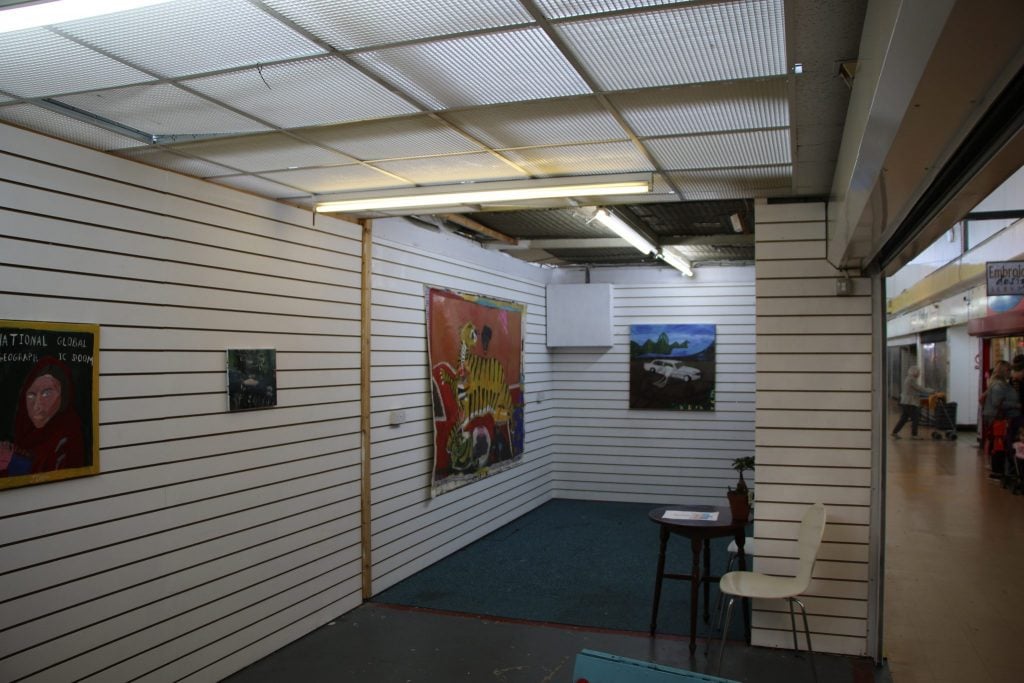
Credit: Andrew Shaw (exhibition of work by Joana de Oliveira Guerreiro)
Programming and ‘artist selection’ is another aspect of running a gallery that could be approached in various ways. The Convenience Gallery team is keeping it simple and personal. “I’d say honestly we’re not strict, and we host open calls to see what’s about outside of our networks. For a lot of it, it was mutual growth – the more we got involved and engaged in things, the more artists we met organically. Because of that we were able to have candid conversations with them and say ‘this is someone whose ideas we like’. There’s something really good about getting to know someone and having those conversations before blindly agreeing to do a show over email.”
Andy adds: “We did use social media a lot to begin with, by putting call-outs and going through the people who were following us and interacting with them. And degree shows! We met Ellie Brennan at her degree show, her rug was on the floor and we just went over and had a chat with her.” Sadly, this year this won’t be an option. “We’re absolutely gutted. I think it’s so important to have these moments. It gives you that immediate understanding on how to hold yourself and interact with people as an artist. Work exists very differently in an online space.”
Given that everything is on hold at the moment, art spaces have responded in different ways. Large national galleries have finally noticed the need for their collections to be easily accessible online, while smaller artist-led initiatives are trying to stay connected with their audiences in other ways. Convenience Gallery exhibitions have all been paused instead of forcing them online: “We had some performances lined up so that’s quite problematic, it doesn’t really work online. Stephen Forge’s show went up as everything was starting to happen (read the interview with Stephen here). We’ll just reopen when we can, but for now it’s on hold.”
Ryan mentions that there were no plans to move things online because it just doesn’t feel right. “We took so long trying to build up a space that now we’re using this time to focus on how to do things when we come back, to get funding. We’re trying to be more introspective and plan ahead.”
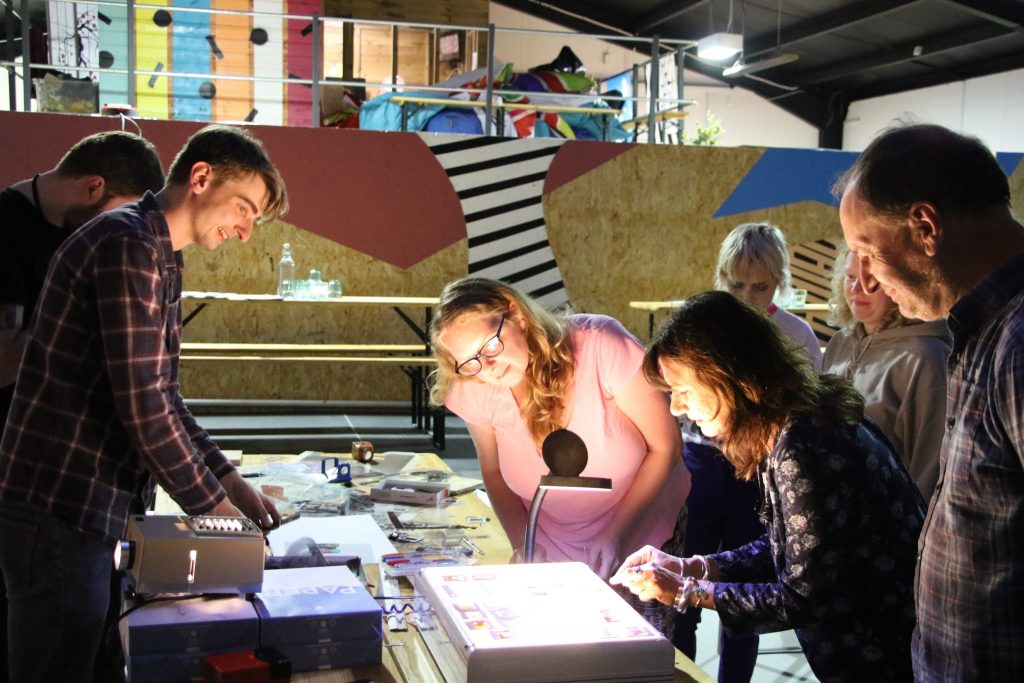
Credit: Andrew Shaw
One thing they have started during the lockdown is the ‘Horizons’ project. It’s a community arts initative with weekly assignments to provoke creative thinking, try out new techniques, and laugh a little. As Andrew says “when you go on social media now there’s just a lot of bad news, so we want this project to be a good way to lose a few hours.” Themes are varied and unexpected, with anything from ‘make your mark’ to ‘balance something on yourself’. “We are trying to still engage with the artist community that we have, but through simple interaction.”
Do they think the current situation will change people’s understanding of art as a whole? “Hopefully it’ll go back to normal, maybe there will be some sort of change in consciousness because everyone sitting at home is engaging with art in some format but we take it for granted. We’re watching films and TV and they’re all part of the creative industry.”
Claire adds: “If I’ve watched everything on Netflix and YouTube is looking dry, maybe I’m gonna pick up these paints. Also, the amount of people that have kids and every weekend they have to find things to do, like recycling toilet paper rolls and all of these other creative activities! I can see how you could get into a routine with it and I feel like people will keep up with the creative activities they’ve developed now. I hope there will be more appreciation for the creative process and knowing that making things is an option. Hopefully that will stay.”
There is no right or wrong way to spend your time in lockdown and it’s obviously a challenging time for some people. Yet others will be relishing in the solitude and the extra time to create. “There will be people just dying to show what they’re making. It can result in a really rich body of work that they didn’t have time for before because of part-time work or because getting to the studio was a task and they haven’t been at the highest capacity to make. If they’ve been mentally and physically well in isolation, and in the zone enough to make work, hopefully this will have been an opportunity. I know some artists make work from show to show on a deadline, so if they have more of a catalogue to pull from, they’ll be more selective with what they are showing and it’s a good thing.”
So what are Ryan, Andrew and Claire looking forward to in the future? “Hopefully more people will be up for coming into the gallery and having real conversations.” Hopefully.
To find out more about Convenience Gallery, go to their website or Facebook page. To check out the Horizons project, follow them on Instagram.
Filed under: Art & Photography
Tagged with: artist, arts, contemporary art, convenience gallery, conversation, curator, exhibition, initiative, interview, long read, making, market, space, workshop
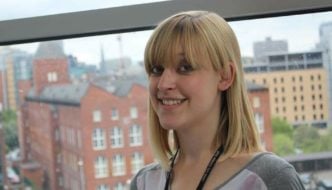
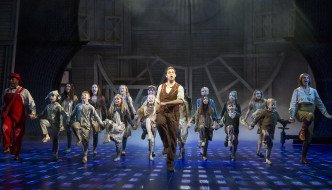
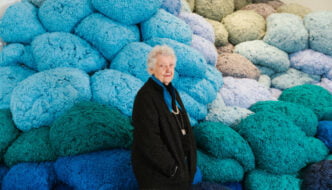
Comments